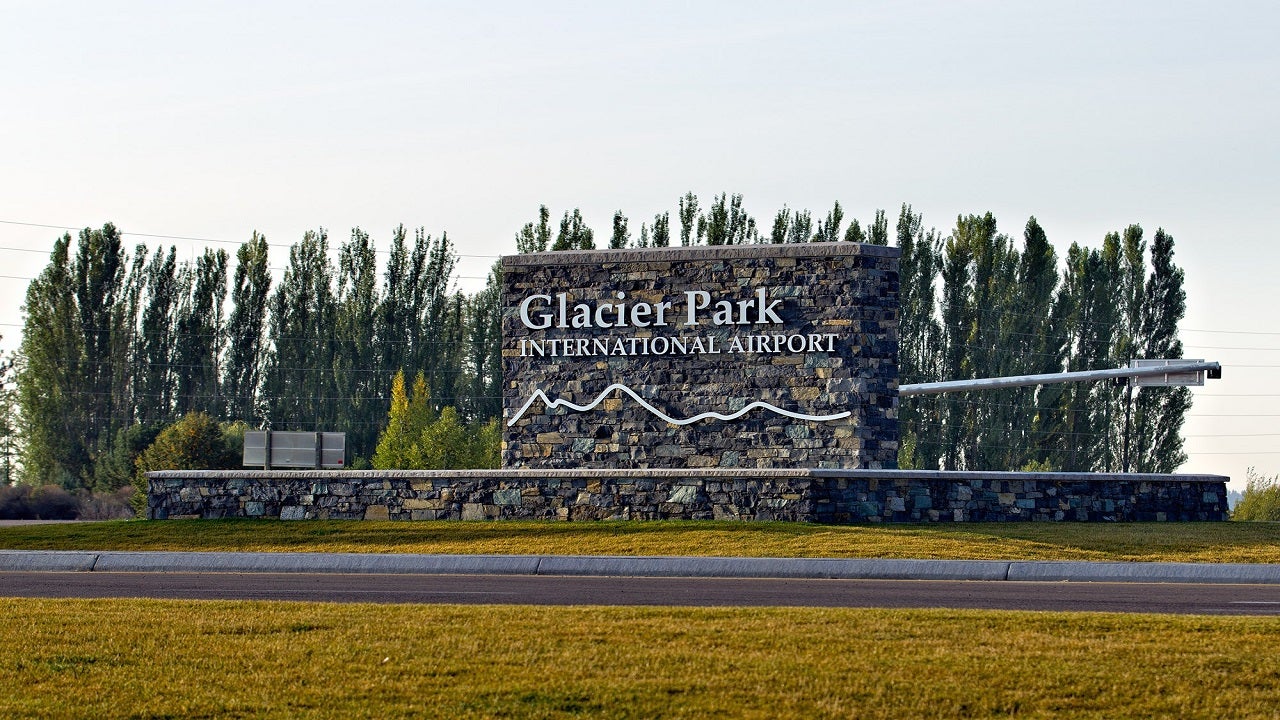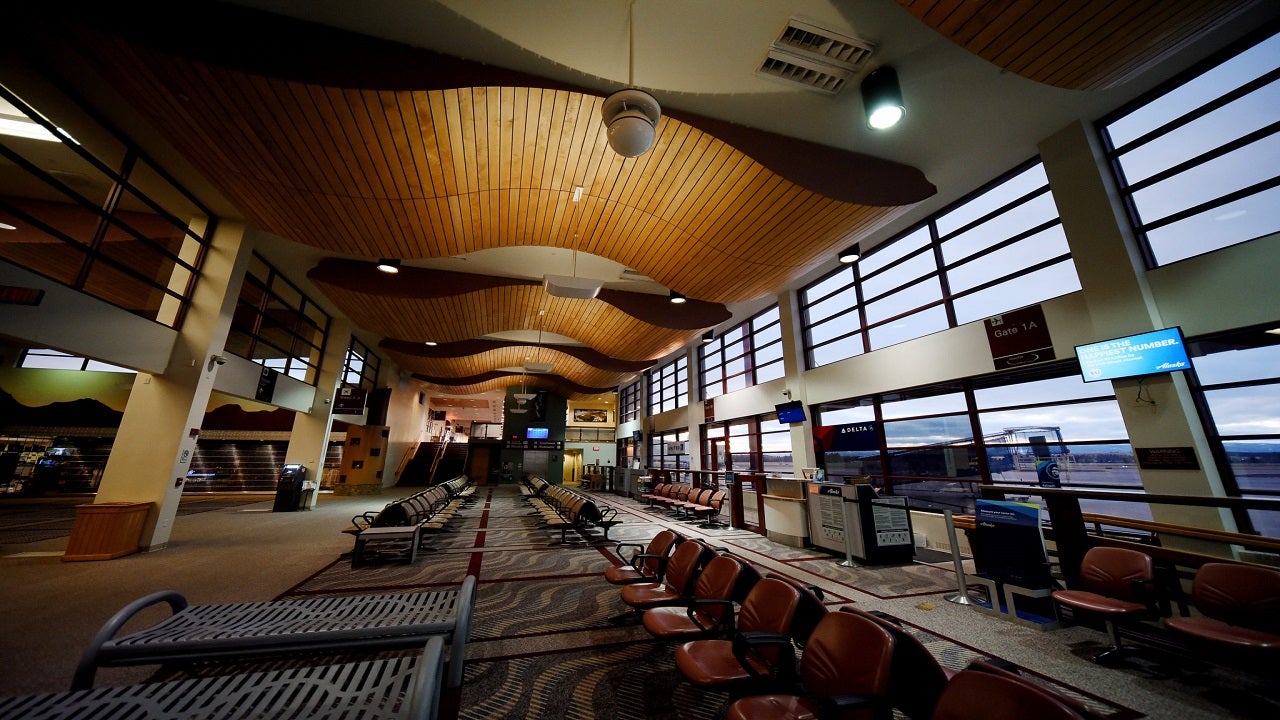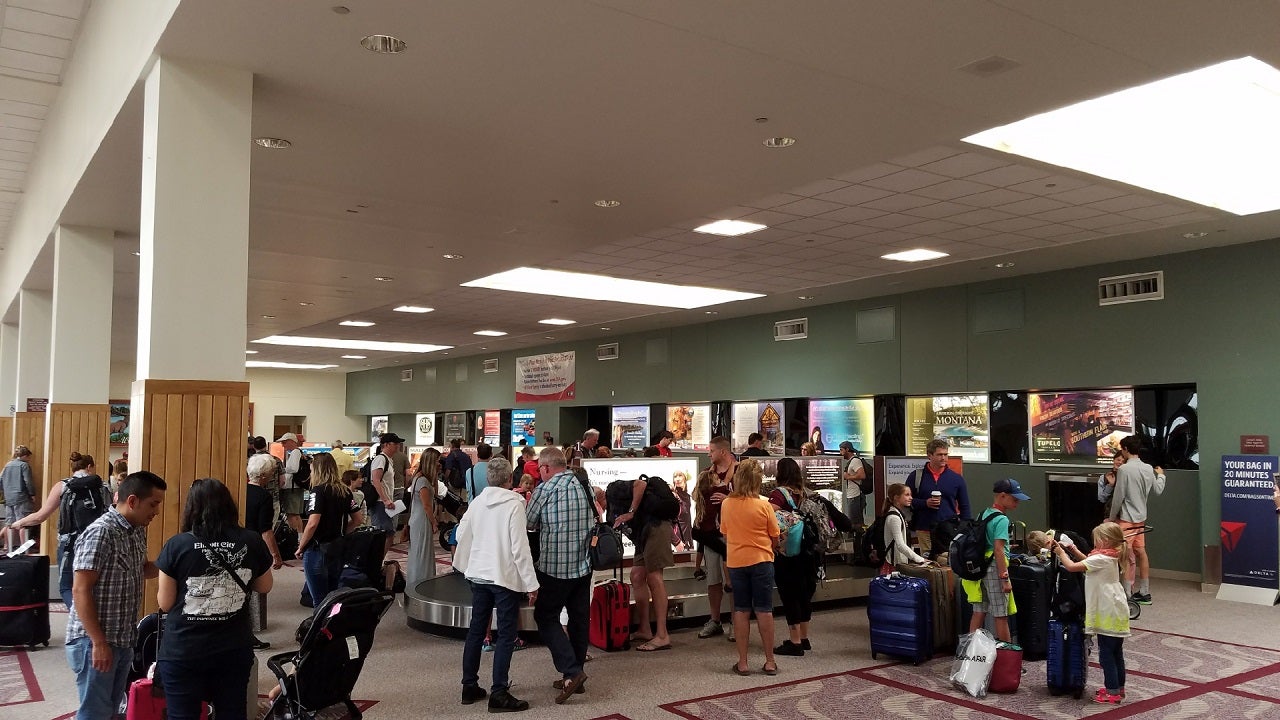Glacier Park International Airport (FCA) in Montana, US, is undergoing a major terminal expansion to handle increasing air passenger traffic over the next 20 years.
The $100m project will expand the existing airport by three times and create more gates for new flights. It received approval from the Flathead Municipal Airport Authority (FMAA) to transition to the bidding phase in January 2021. Originally scheduled for 2020, the project was briefly halted due to the Covid-19 pandemic. Completion is expected in August 2023.
Glacier Park terminal expansion project details
Early works of the project are expected to begin in April 2021, followed by further works for launching construction on the basement facilities later this year.
The terminal expansion project will include passenger terminals and improvements to Transportation Security Administration (TSA) screening checkpoints and baggage management spaces.
Two new terminal gates will be added, increasing the total number of gates to seven, six of which will have jet bridges. The airport will also have more dining and beverage options, holding rooms, gates, bigger shopping facilities and an expanded meet and greet area.
The terminal leach field will be relocated and expanded as the current facility is inadequate for existing operations. A 12,541m² expansion of the apron area will allow the airport to accommodate more flights. An aircraft rescue and firefighting (ARFF) vehicle will be procured to enhance safety.
Parking
Glacier airport features a spacious parking lot near the terminal with clearly marked sectors and navigational signage. The lot also has three exit stations and a pay station in the baggage claim area for deplaning passengers.
Aviation services and amenities
General aviation service providers at the airport include Rocky Mountain Aviation, Glacier Jet Center and US Customs and Border Protection (CBP).
Infrastructure at Glacier Jet Centre includes a private terminal and an aircraft parking ramp. It also provides fuel, maintenance, air charter services and aircraft storage.
Rocky Mountain Aircraft is an aircraft repair station providing services such as avionics installation, troubleshooting and aircraft repair and maintenance.
Passengers can enjoy food and beverages at two airport Leryna Bistro locations, namely one outside airport security and another at gate two.
The airport also features a Montana Gift & Art outlet, a Glacier Outfitters rental shop and a self-help kiosk.
Financing for the Glacier Park Airport terminal expansion project
The expansion project secured $5.7m worth of funding under the FAA’s airport improvement programme. The majority of the funding will be arranged from federal grants, airport savings, loans, and air carriers’ financing.
Contractors involved
Swank Enterprises and Q&D Construction secured a contract for the construction of the expansion project in February 2020.
Glacier Park airport background
The airport is located in Flathead County, approximately 9.65km northeast of Kalispell, Montana, US. Owned and operated by Flathead Municipal Airport Authority (FMAA), the airport commenced its international operations in 1970.
Passengers can choose from different airline options, including Alaska Airlines, Delta Air Lines, American Airlines, United Airlines, Sun Country Airlines and Allegiant Air. The Glacier Park airport signed a new partnership with JetBlue Airways and added new routes through American Airlines (AA).
The airport’s control tower offers Class D airspace and air traffic control services.
The Glacier Park airport underwent an upgrade and expansion in 2013, including phased terminal improvements, transportation security administration (TSA) checkpoint expansion and integrated turnstiles to and from secure areas. In addition, the boarding area seating and work stations were expanded, and information displays and surveillance systems were upgraded.






